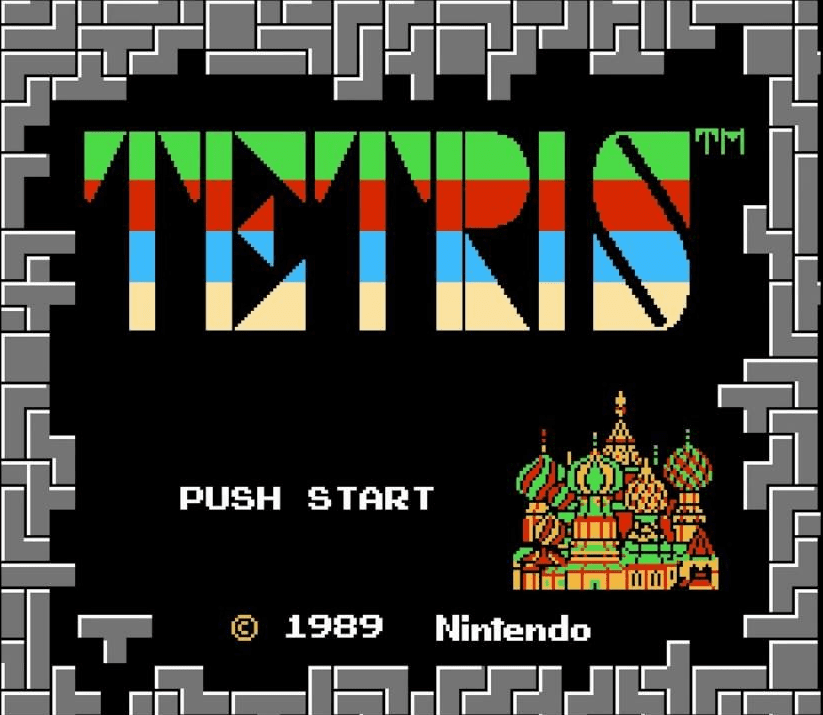Don’t you just want to fit in?
For years, there were two ways in which record runs were set in NES Tetris. One was DAS, which was basically using the D-pad like a normal person, but at the highest level of proficiency possible. The other was called hypertapping, which required players to input their moves at around 12 presses per second; this was for most an untenable technique, as in addition to being difficult to learn, it also places an insane amount of stress on the players fingers and arm muscles. As such, while hypertapping was used by the highest level pros and dethroned the DAS payers, it was by no means widespread.
And that’s how we come to rolling, as explained in aGameScout’s video below:
In 2020, Tetris player Cheez_Fish began experimenting with a new technique after a stream of his that drew comments that he was “rolling” the controller due to the low fps of his webcam. This new technique was inspired by fast tapping techniques by other players seeking high scores and speedrunning techniques for other games. While it took some experimentation, by November 2020, Cheez_Fish announced that, with the right thumb pressure on the D-pad, he’d used the technique to get button presses over 20Hz, or over 20 presses a second. While the technique still required polish, Cheez_Fish has now set new records thanks to it, and inspired even the old guard of DAS players to try and learn rolling.
While rolling is still not widespread yet, it will likely take the scene by storm as more and more players adopt it. Aside from the raw speed, it’s significantly lower impact than hypertapping.
Source: Kotaku

